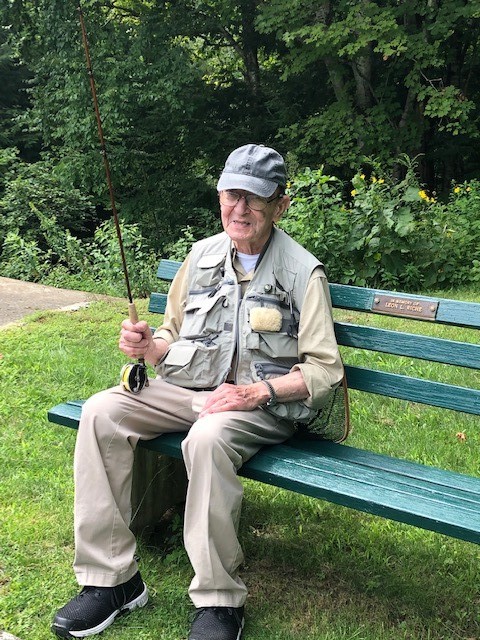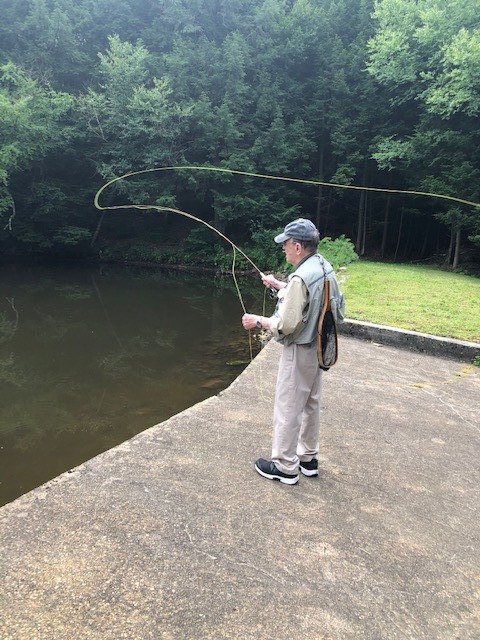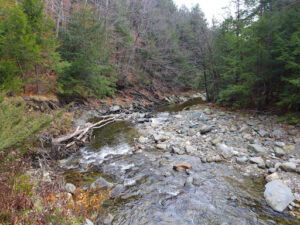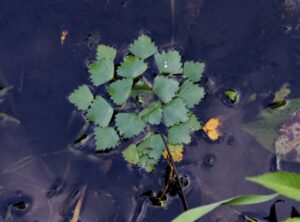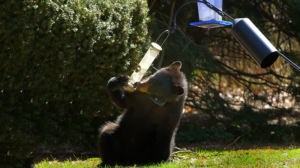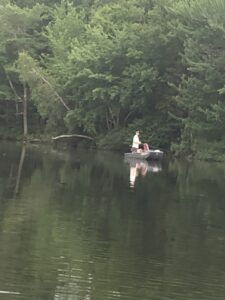This year, the Massachusetts Chapter of The Nature Conservancy (TNC) hired a new Director, Deb Markowitz. She was the former Secretary of the Vermont’s Agency of Natural Resources (a position similar to MA’s Secretary of EOEEA). I had the opportunity to interview her and find out more about her and the MA TNC.
The Nature Conservancy is a global environmental nonprofit working to create a world where people and nature can thrive. Founded at its grassroots in the United States in 1951, TNC has grown to become one of the most effective and wide-reaching environmental organizations in the world. Thanks to more than a million members and the dedicated efforts of its diverse staff and more than 400 scientists, it impacts conservation in 79 countries and territories across six continents.
Deb Markowitz loves nature and the outdoors. What she really loves about TNC is that they think globally, but act locally, using state of the art science to address some of the world’s most difficult challenges. For this reason, Markowitz believes TNC is one of the most effective environmental organizations in the world. TNC has been in MA for about 60 years and has had a significant impact in the Berkshires and beyond. The chapter started in the Berkshires by conserving very important pieces of property.
Using science, TNC helped develop a state grant program called the Municipal Vulnerabilities Program where every town can apply for funding to assess their vulnerabilities to climate change and natural disasters such as flooding. This program has put millions of dollars in the hands of communities to use nature-based solutions and other approaches to make the town more resilient.
“There are many local land trusts in MA, in the Berkshires in particular, and that is wonderful. TNC plays an important role, particularly when there is a really complex project. As a global organization, TNC can help with lawyers, provide scientific expertise and, when appropriate, connect landowners to local conservation organizations. We don’t have to keep every piece of property we help to conserve. In many cases, it’s much better if they are managed locally. TNC has a lot of really good projects, but at the end of the day it’s the local land trusts who are the closest to the community,” said Markowitz.
Over the past 20 years TNC protected about 26,000 acres in MA. In Western Massachusetts, there are more than 15,000 acres of protected land. Just in the Berkshires alone there are 8 properties that are protected by TNC. Some are owned by TNC and some are lands owned by others, but TNC has purchased conservation restrictions. TNC has 8,000 acres in fee and conservation easement lands in Western Massachusetts and 10,000 statewide. The largest preserve is the Schenob Brook area in Sheffield (2,100 acres), Mt Plantain in Mt Washington (over 1,600 acres) is the second largest and Colebrook in Becket and Washington is the 3rd largest (over 1,500 acres).
I asked Deb if they allowed hunting on TNC lands. It depends, she said. They have to abide by donor intent. In most cases hunting is allowed by permission. In that way, they can ensure that there are not too many hunters at one time for safety reasons (Contact TNC in Massachusetts at massachusetts@tnc.org for more information).
According to Markowitz, “TNC is interested in ecosystem health and if you don’t allow hunting, you are going to be out of balance and the deer can be pretty destructive of new growth trees.”
TNC is also working to restore the bog turtle population, with focus in the Berkshires. In partnership with the MassWildlife Natural Heritage and Endangered Species Program they are managing rare species and restoring natural habitat. They do a lot of other things like dealing with the fisheries, oceans, and policy work in the statehouse on the environment and climate change.
TNC has also a multi-state program that is looking at how to make sure that there is ecological connection between the Green Mountains in Vermont and the mountains of the Berkshires. They are trying to help the migration of species by learning how they move across the landscape. With climate change, species are going to be pushed farther north or further south, depending on the species. TNC wants to make sure they can survive. Through the Berkshire Wildlife Linkage Project, TNC scientists have mapped the lands to identify critical areas for conservation to ensure that wildlife can continue to move. They are well aware that because of new development, the land is broken into smaller and smaller pieces as people put in houses, roads and highways. For this reason, TNC has been working with the highway departments and the state governments when new roads, culverts, etc., are planned. They also work with local land trusts and the Berkshire Natural Resources Council to take care of critical parcels that should be preserved if we are going to maintain these linkages.
TNC is starting to think deeply about forests and how to help owners manage their lands for carbon and get paid for it. There are great carbon stocks in our forests which are of tremendous value for climate change and meeting our climate goals. Keeping hard forests and managing them to store and pull out carbon from the atmosphere is very important. Because of this, TNC is thinking deeply on how to work with local landowners as well as the State so that is a financially viable option for landowners.
When asked if they are butting heads with MassWildlife and its programs of encouraging early successional growth, Deb felt that there is room for everything on our landscape. They know that some wildlife does better with early successional forests.
Markowitz said, “There are a lot of forests in MA with much of it in private ownership. Many people own the land because they love it, not because they want to make money off of it necessarily. So, let’s think about how to help private landowners with their forests and provide environmental and carbon benefits while finding a way to make that financially viable as an option.”
When asked if TNC is having any problems with their lands regarding Covid-19, Deb said “this has not been an issue for us because most of our preserves are pretty remote, unlike state parks and other land that is primarily managed for public access.”
Deb’s message to us: “It is a real pleasure being in MA and getting to know the people and landscape. This is a difficult and challenging time and it is also a time for counting our blessings. We are blessed in MA, especially in Western MA, to have such great access to the natural world. Nature is really healing, so get out as much as you can and enjoy what nature has to offer.”
“One of the things happening because of Covid-19 is that there is more and more interest in building in some of these special places in MA, and so now, more than ever, we need to rededicate ourselves to land conservation and to make sure that these special places are there for our kids and grandkids.”
I was really impressed with Deb and what she is doing, I also like the fact that she is a deer and turkey hunter and an avid lady flyfisher.
DFW Western District Fiscal Year 2020 Land Acquisitions
While we are on the subject of land conservation, DFW Western District Supervisor Andrew Madden recently reported that last year the Division conserved nearly 900 acres in the Western District as follows:
Monterey – 7.7 Acre Conservation Easement along Tyringham Road
Cummington – 2.1 Acres along the Swift River near Route 9 Dalton – 5 Acres near East Street
Cummington/Plainfield – 50 Acres along Meadow Brook
Windsor – 177 Acres on the West side of North Street
Windsor/Savoy – 102 Acres off Cheshire Road
Plainfield – 20 Acres off Pleasant Street
Heath – 154 Acre Conservation Easement along the West Branch of the North River
Rowe – 92 Acres near Maxwell Brook
Worthington – 281 Acres along Bronson Brook
Hunting, fishing, birdwatching and other passive recreation is allowed on all of those properties which can be viewed on the MassWildlife Land Viewer https://www.mass.gov/howto/masswildlife–lands–viewer



 There was music in the air
There was music in the air



